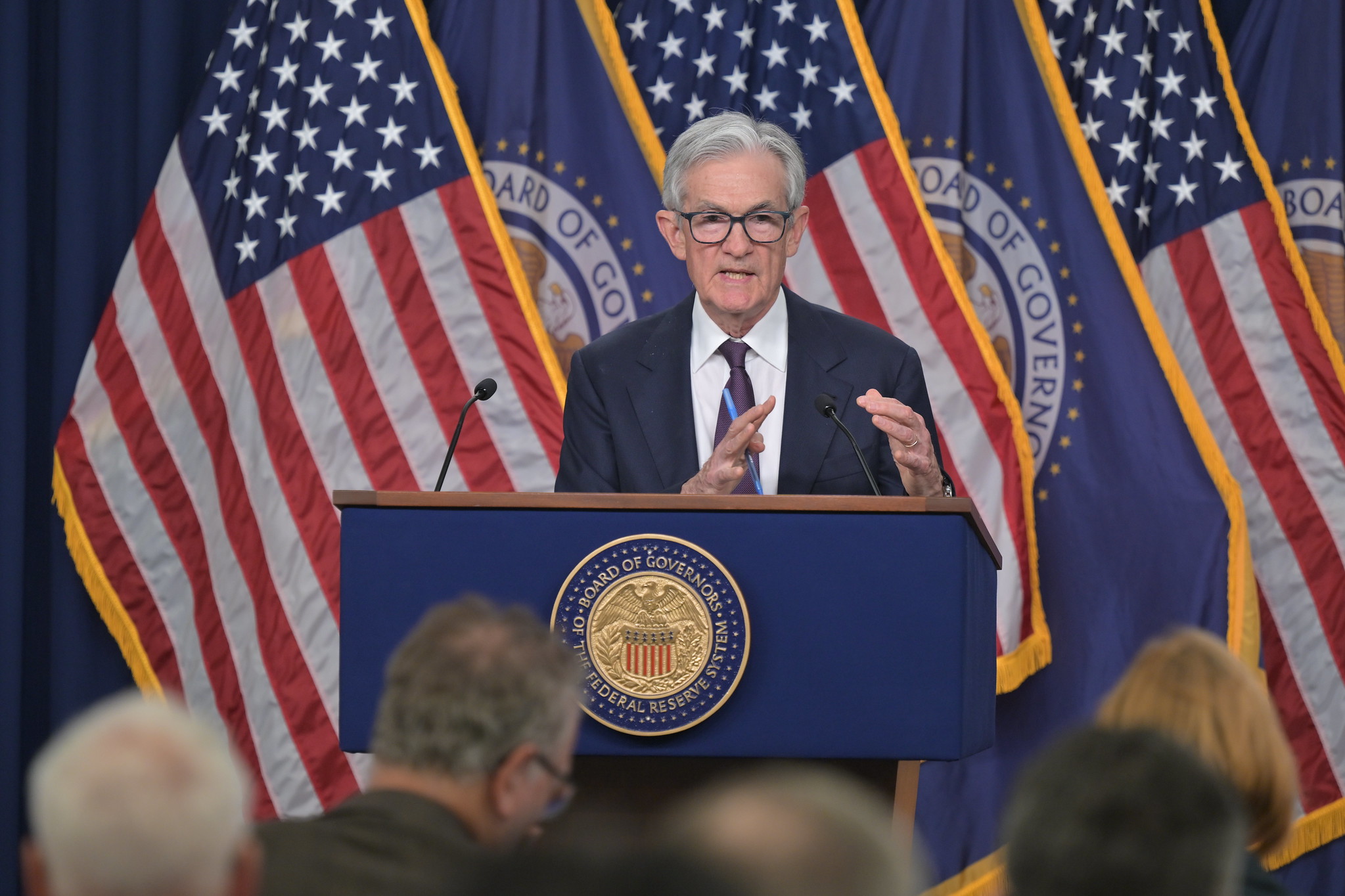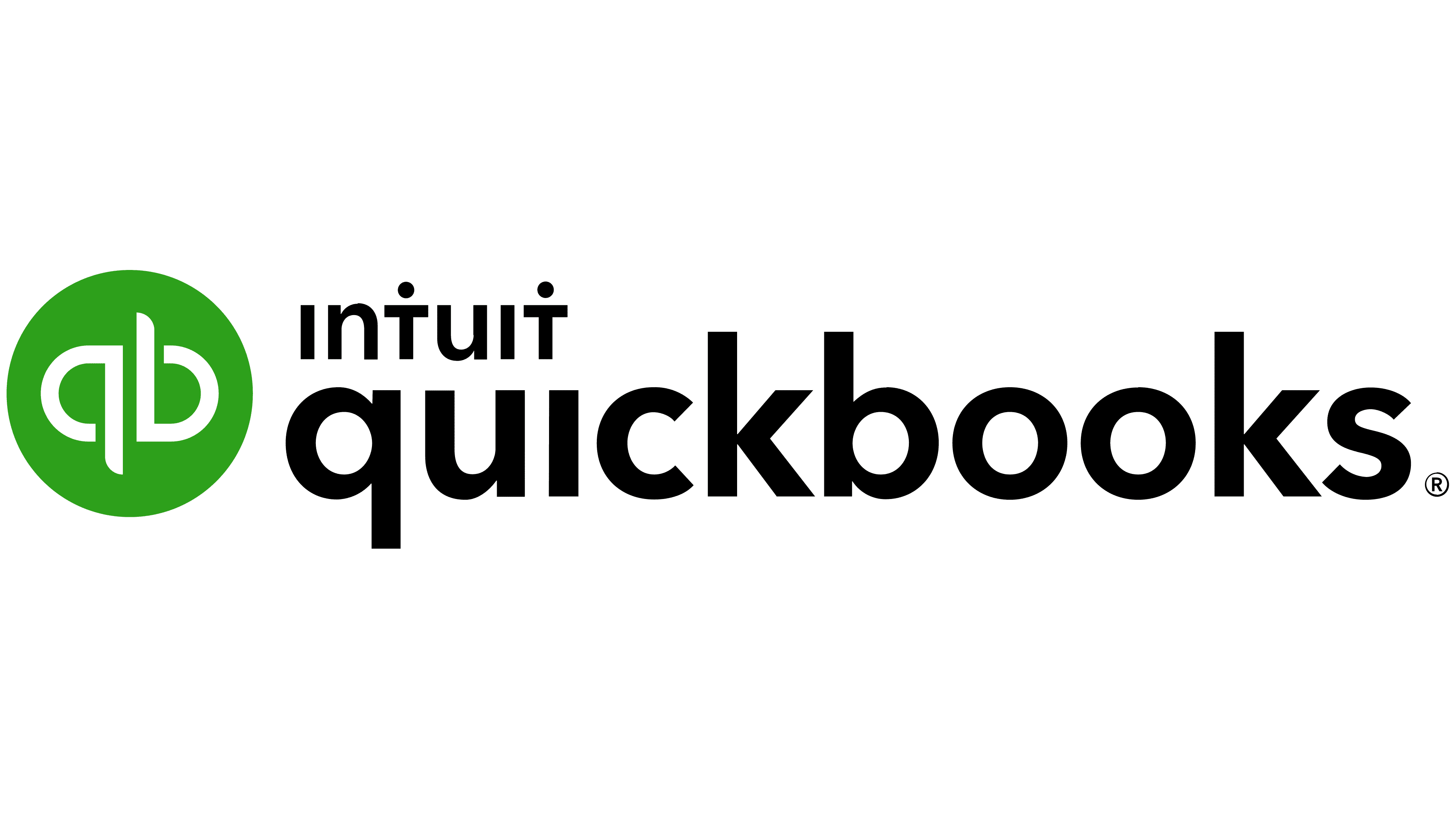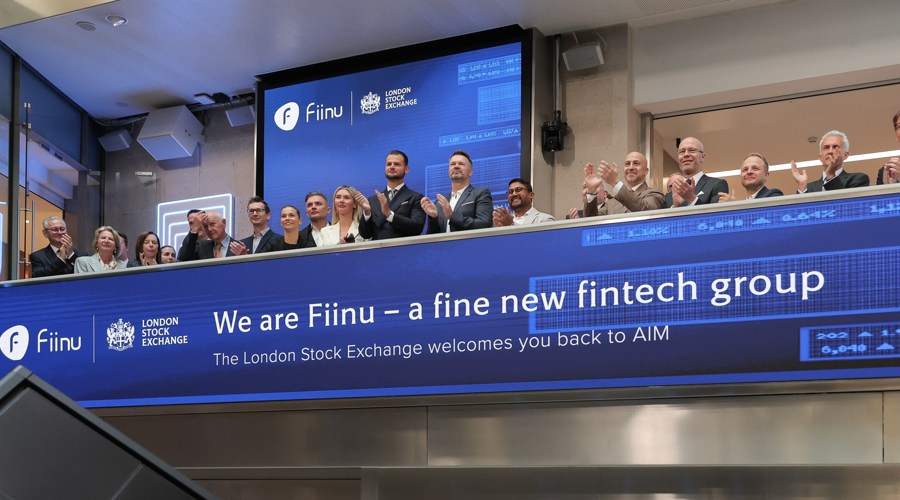With seventy times more reserves in the banking system and just under twice the loan volume than when the financial crisis hit, traditional banks seem unable or unwilling to meet current credit demands. Borrowers’ increasing reliance on peer-to-peer (P2P) lending provides an indicator of those credit demands unmet by traditional banks. Online P2P lending networks, such as Lending Club, Prosper, and others, help close the credit gap by connecting lenders and borrowers that traditional banks do not. Americans’ growing reliance on P2P loans for business and personal needs is expected to exceed $700 billion by 2030, with the United States topping the total loan volume of global P2P lending activity.
Asymmetric information problems pervade the traditional banking system. Moral hazard problems occur when one party can exploit information asymmetries to the detriment of the other. Traditional banks know more about the loans they make than the depositors whose money they lend, and borrowers know more about their repayment abilities than do the banks they borrow from. Banks have an incentive to make sound loans, but depositors have little ability to assess their soundness. P2P lending mitigates some of these issues through more direct financing arrangements. Individual investors buy “a claim against” specific borrowers, who supply information about themselves, their credit, and their intended loan use. While asymmetric information problems persist in P2P relationships, investors moving at least one degree of separation closer to borrowers and actively engaging in the selection process partly contribute to P2P’s recent growth.
The desire to promote confidence in traditional banking, given such asymmetric information problems, now means the FDIC insures deposits up to $250,000, although the aftermath of the SVB failure may have effectively removed any limit. Such generosity eases anxiety but exacerbates moral hazard problems when people or institutions take more risks than without such confidence. Other bank bailout and reform programs, such as the 2008 Troubled Asset Relief Program and the 2010 Dodd-Frank Wall Street Reform and Consumer Protection Act, provided similar incentives. P2P lending services reduce such moral hazard issues since they have no lender of last resort, government bail-out, or FDIC insurance programs to fall back on.
While this feature puts lender-investors at greater risk should borrowers default, it also encourages prudence in investment decisions and, as an incentive to participate in P2P lending markets, offers higher returns than other savings vehicles.Beyond accommodating riskier borrowers and better satisfying some investors’ taste for risk, P2P arrangements often have a speedier approval and transfer process. In some ways, the circumvention of traditional banks in P2P markets embodies the spirit of free banking, in which the growth and stability of the banking system thrive on competition instead of heavy regulation. No institution issues its own currency, nor does it eliminate asymmetric information problems, but P2P lending services do invite greater competition and rely heavily on institutional reputation to bring credit-worthy customers through the website portal.
Historically, notable free banking successes occurred more accurately during “lightly regulated” banking periods. The growing demand for Fintech (financial technical) services points to a desire for more competition—and less regulation—in the banking industry. For many, competitiveness means speed, flexibility, and even lower interest rates for borrowers with good credit scores. Like banks in the free banking period, Fintech P2P lending services enjoy a great deal of flexibility in how they raise capital and are free to pursue profits through any legal, non-fraudulent means. Fintech services differ from traditional banks since they merely facilitate loans—the funds come from individual investors who review the proposals, decide whether and how much to lend, and define the terms of the loan, similar to the successful Scottish free banking era experiences. While flashbacks to wildcat banks sound alarms for some, the examples of successful competition in lightly regulated free banking environments suggest an avenue of mutual benefit for investors, small business owners, and other individuals who find themselves with no other options.
While the increasing prevalence of P2P lending has primarily affected rural banks in non-competitive areas, the projected growth of P2P lending introduces more competition into the wider banking industry. While questions regarding the effect of competition on moral hazard and insolvency risk during the free banking era may come up again, the rise of this alternative to traditional banking sends a very clear message: More American lenders/investors are demanding options beyond traditional banks and are making their preferences clear with their wallets.
Projections vary for what increased P2P lending means for risk in the traditional banking industry. On one hand, banks will face an elevated insolvency risk if they lose their better customers to this new competition and they find themselves forced to take on riskier clients to compensate. At the same time, this growing means of credit substitution may decrease illiquidity risks for traditional banks, as a greater fraction of the bank’s portfolio will be in cash holdings. The behavior of individual banks in response to the rise of P2P lending will cause the weight of these risk factors to fluctuate. However, there remains a real possibility that the rise of Fintech will decrease risk in the wider banking industry by shifting it to investors in Fintech who voluntarily put up the funds for loans by non-traditional borrowers.
In an increasingly connected world, Fintech and P2P lending represent the new frontier of one of the most important functions of traditional banks: making loans. The rise of P2P lending parallels that of P2P payment apps, such as Venmo and PayPal. For individuals and small businesses, this movement represents the desire for convenience and, likely, evading some regulation and tax laws. Just as the IRS is cracking down on Venmo transactions totaling over $600 for small businesses, the likelihood of more regulation for P2P lending services seems imminent.
With a bright future and perhaps no end in sight for P2P lending services, the existing traditional banking sector presents a real challenge to the growth of these Fintech services. As long ago as 2018, lobbyists representing established banking institutions pressured the Financial Conduct Authority and the Lending Standards Board to impose strict regulations on the young P2P lending industry. Seasoned public choice economists recognize this as more than a goodwill bid to protect individual lenders and borrowers from fraud and potential losses—this type of rent seeking and attempt at regulatory capture is not unique to the banking industry. The divergent forces of the traditional banking industry, regulators, infant Fintech services, and individual borrowers and lenders all have stakes in the future of P2P lending. Will the traditional banking industry quell the quickening spirit of free banking, or will the growing demands for P2P lending services win out? Only time—and regulators’ response to the incentives they face—will tell.








































